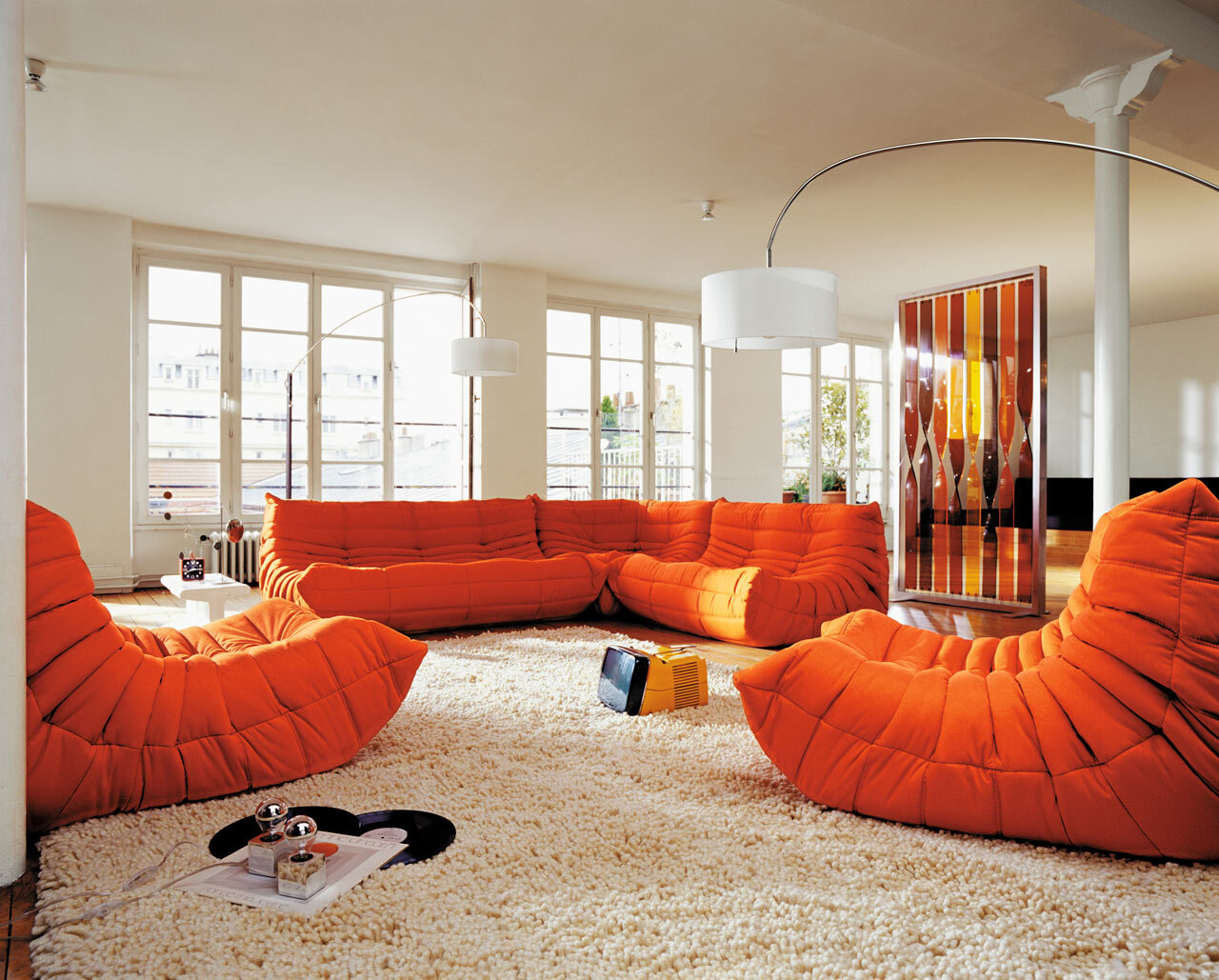How to Identify an Original: Ligne Roset Togo
Video: Ligne Roset
A Sofa with Celebrity Status
If you haven’t heard of this design, you’ve definitely seen it.
This beloved sofa revolutionized the way people sit when it was first introduced in 1973 with a design unlike any other at the time. Since its conception, Ligne Roset’s Togo has been inundated in a storm of cheap imitators and knockoffs. This year, Togo by Michel Ducaroy for Ligne Roset is celebrating its 50th birthday, and continues to be one of the most renowned and replicated designs in the world of furniture, thanks to its status as a pop culture piece.
Togo can be seen everywhere from the home of actor and musician Lenny Kravitz, (who “has a Togo in every one of [his] homes”) to influencers, designers, and all around icons across the globe. It even has its own podcast.
With well over 1.2 million authentic Togos worldwide, the threat of knockoffs isn’t going away. So how can you tell if yours is the real deal?
How to Identify an Original
Does the' ‘ticking’ tick the box? There is a specific ticking used to cover the bottom part of the sofa, and it’s identical to the very first Togo. Ticking is a textile that’s tightly woven to ensure durability and prevent the foam from poking through the fabric.
Made in France. Togo is made in France, as are all Ligne Roset upholstery pieces since its inception in 1860. Read more about the history here.
Make sure it adds up. Be ready for some numbers. The sofa is comprised only of foam and the cover is padded with polyester quilting. Over 10 pieces of polyether foam with 3 different densities are cut into 8 distinct pieces to construct the sofa.
Shine a light on originality. During manufacturing, invisible ink is used to guide sewing. Use a UV light on the interior to spot it!
Which original design do YOU want us to feature next? Let us know in the comments!




